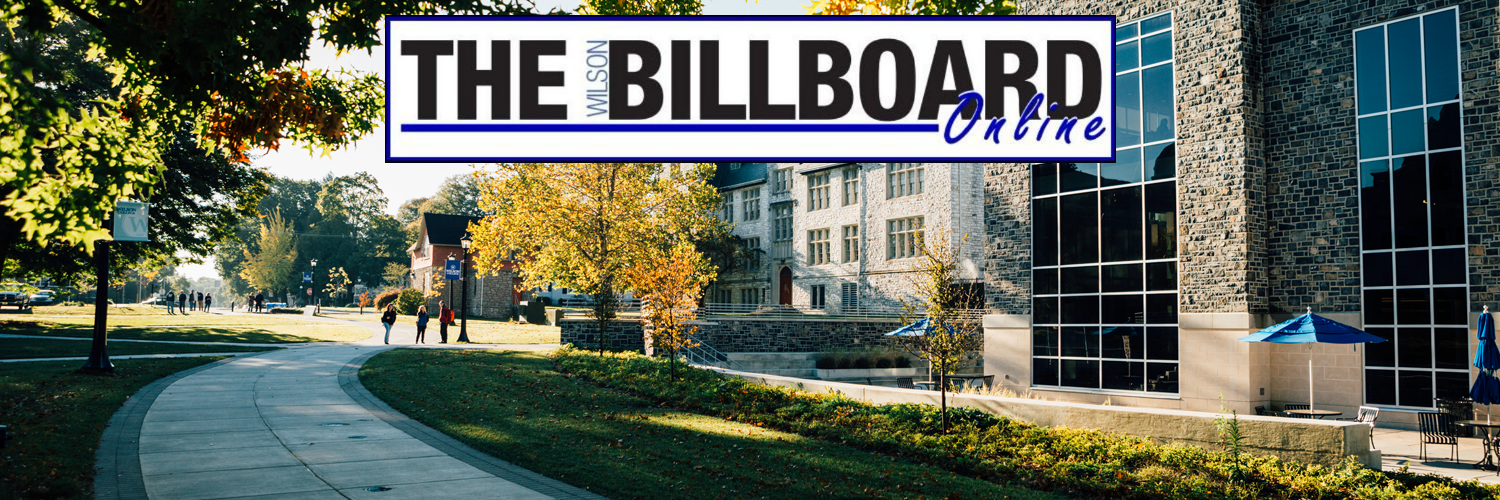Oxfam Hunger Banquet at Wilson College
Have you ever worried about food? Have you ever made choices between your meal and transportation? According to the organization Feeding America, one in six people struggle to get enough to eat. Hunger exists in every community of our country. Wilson College held the Hunger Banquet 2014 on Nov. 19 with Oxfam America in Laird Hall. About 30 Wilson community members participated in this event to better understand hunger.
According to Feeding America, a non-profit organization that networks food banks and has fought the hunger crisis in America for 35 years, in Pennsylvania the overall food insecurity rate is 14.3%, and the overall food insecurity rate in the US is 15.9%.
Fortunately, Pennsylvania has many farms which allows people to have easier access to food than other states. Pennsylvania has less food security issues than the nation as a whole, but hunger is still not far away.
Participants of the Hunger Banquet 2014 at Wilson College drew lots to separate the participants into groups which had different experiences. They placed the people in three groups designated by income. The groups were low income (50% of attendees), middle income (35%) and high income (15%). The reason that people were divided between the groups is because it represents reality. Each group simulated their real life and showed each other how different their lives are, especially with eating.
They also had settings for participants. The high income group sat in the most comfortable chairs with a table. The middle income group was seated in normal chairs, and the last group, which had the lowest income, had to sit on the ground.
Following their script, some of the participants who were from middle income changed their seats with low income people. In reality, this represents people who have been fired from their jobs and people who got jobs. Much like in the real world, changes existed in the simulation.
After participants found their seats, they were served dinner. The group of high income participants had a banquet with servers, but the group of middle income only received rice, beans and water. The group of low income ate without any spoons, so they had to use their hands to eat. This experience represents the disparity of food availability in our world. The event represents reality so well because there was no “miracle” to move to upper income. Only those in the middle income and low income groups changed.
At the end of the simulation, everybody could enjoy the banquet and have conversation. In reality, people who have food insecurity are not so fortunate.
Sherri Sadowski, Director of Residence Life, said, “Two to three years ago, we started holding the Hunger Banquet. For this Hunger Banquet, we wanted to focus on local impact of food security. The reality was the goal for this, it was a really hard thing for our students to understand.” Wilson College strives to make students notice the reality.
According to Sonja Hess ’15, the hunger banquet helps students broaden their views. Hess said, “I like that they had videos and posters. I started in the middle class, but I switched to the low class. It was really cool. That was pretty eye opening.”
After this education, participants could think about their meals. They now realize not to waste their food. For more information about Oxfam Hunger Banquet go to http://www.oxfamamerica.org/.
